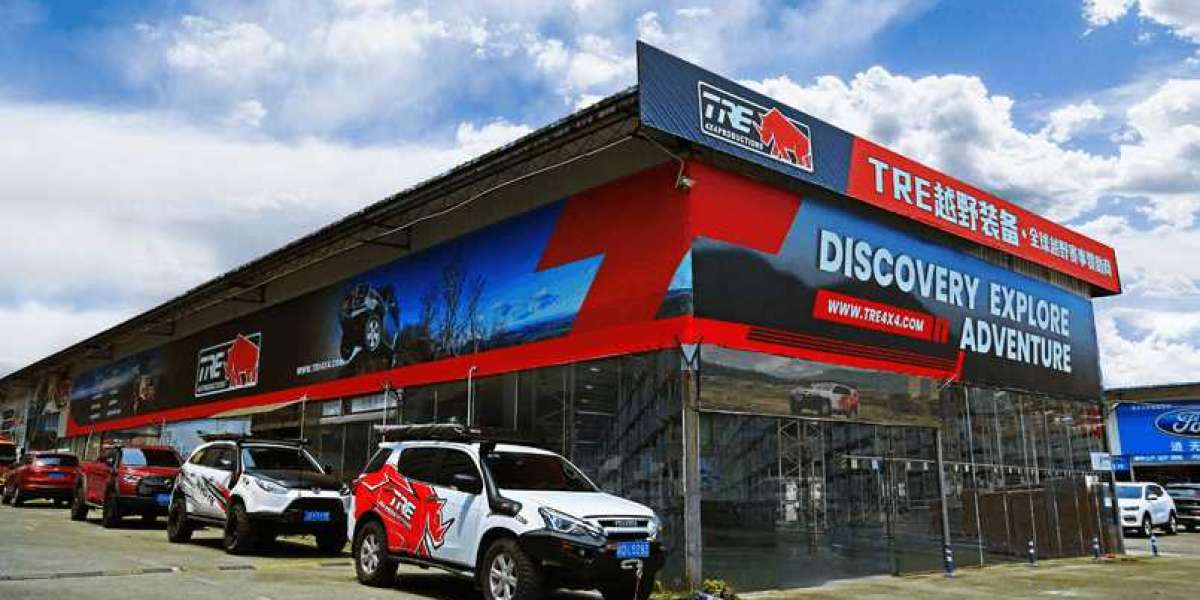The two main components of off-roading are simple: overcome obstacles and maintain traction. In fact, aftermarket mods thrown onto off-road rigs are aimed at beefing up a vehicle’s ability to perform these two tasks. A locking differential is certainly of no exception. But the debate rages on among off-road enthusiasts as to which is better: Air Lockers or E-lockers?
Awhile back, we broke down the science behind open, limited slip, and locking differentials in a Tech Corner right here on the Engine Block. So, if you don’t yet know the basics, click here for a quick lesson.
For the rest of ya’s, here’s the diet version:
A differential is designed to allow both wheels to rotate at different rates of speed, essentially allowing a vehicle to turn properly. Most stock vehicles come with open differentials, and in some cases limited slip differentials. While both of those setups are fine for pavement driving, they are less than ideal for off-road excursions. In low traction situations, you don’t want to be caught with one tire spinning faster than the others—if they’re even turning at all. A locked differential, which locks the axles together so that both wheels receive full power from the engine at all times, will provide the maximum traction you need to conquer obstacles on the trail.
Understand Your Options
Before we get into which is better— air lockers or e-lockers —it’s important to understand the purpose of (and differences between) each.
For street use, locked differentials pose a problem. Namely, with those axles locked together, turning is reduced and places strain on your equipment. So, unless you have an off-road vehicle expressly dedicated to trail-riding, a permanently locked differential is going to cause more headaches than fun. Enter air lockers and e-lockers. These units are designed to allow users to switch from an open differential to a locked differential as needed, either through air pressure or an electronic switch.
Since ARB is the go-to brand for this style of locking differential (also popular is the Yukon Zip Locker), let’s use one of its units as an example. Inside of an ARB air locker, you’ll find all the familiar components that are housed in an open diff. However, when pneumatic pressure is applied, a locking collar slides forward, effectively locking the gears together. This action converts the open differential into a spool.
A source of on-board, compressed air is necessary to provide the air pressure, and is usually linked up to a switch on the dash. When the switch engages, the air pressure is supplied through the air lines to the differential. Until the pressure is let off, the collar inside will keep those gears locked together.
A hard selling point for air lockers is that, because they work on pneumatic pressure, there is a near-immediate engagement of the system. In fact, the ARB air locker mentioned above, engages in less than a second, and it can be switched on at any vehicle speed. (That is, “as long as the axle shafts are spinning at equal speeds with no differential of speed between the wheels of that axle,” says the manufacturer.)
This is a major feather in the cap for air lockers—as those few seconds and inches of rotation can make a big difference when navigating tricky trails.
E-lockers, on the other hand, use an electromagnet to convert the differential into a spool. Inside an e-locker, you’ll find that the magnet pulls two roller cams apart. After this happens, ball bearings are used to keep them separated. The separation of these cams pushes heavy pins down into the side gear of the differential, locking them together. These systems also work with the use of a switch that is mounted inside of the vehicle.
E-lockers do not rely on an outside source of power, other than 12-volt power. While this is an advantage over air lockers (which need both the 12-volt and the compressor), e-lockers rely on roller cams for engagement. This means that even after the switch is flipped, a degree of rotation will need to occur in order for the locking mechanisms to engage. Improper operation of the system will result in damage to interior moving parts, so a level of care needs to be taken when these lockers are put to use.
Often, e-lockers are used as factory equipment on many vehicles. (Toyota, Ford, GM, and Chrysler all sell models that come stock with this style of locking differential.) In the debate of air lockers or e-lockers, this tends to add fuel to fire. It gives the sense that because manufacturers rely on e-lockers, so should the aftermarket. However, when these factory units fail, that gives the air locker camp more ammunition.
So, which is it? Air lockers or E-lockers?!
Well, it’s not that simple…
The Investment
Remember how we said air lockers have the added advantage of almost immediate engagement? Well, that convenience comes at a cost. As we stated in our previous Tech Corner, factoring in the additional expense of either an on-board air compressor or CO2 tank, not to mention the parts and labor to install, the upgrade can run you near $1,500 just to update one carrier.
And while e-lockers may be more cost-effective, there are still labor costs to consider as well. Unless you have a reasonable amount of experience working on any differential, you really want to take this job to a professional. Ideally, you want a shop that has experience working specifically with locking differentials for off-road vehicles.



